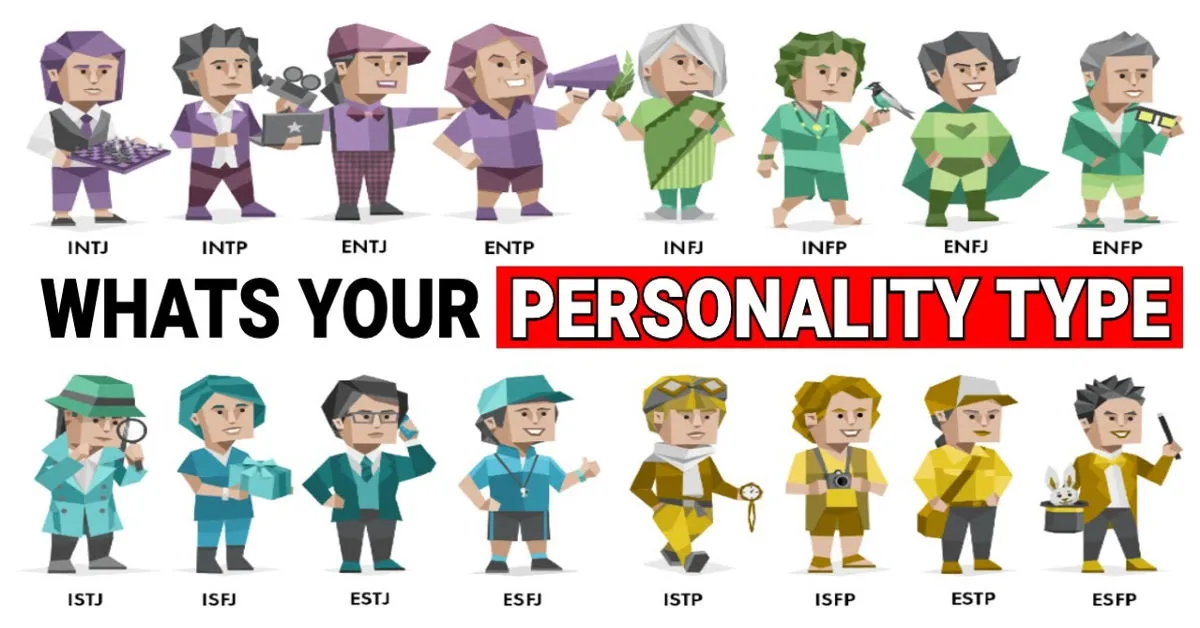The 16 Personality Test also known as the Myers-Briggs Type Indicator has been in existence for 70 years now. It is a self-report personality test that measures four dichotomies of personality:
After completing the test the first initial usually falls within these four personalities. Take the test
One: Introversion (I) vs. Extraversion (E)
Introverts are energized by spending time alone or in small groups. They tend to be more reflective and reserved, and they often prefer to process information internally.
Extroverts are energized by being around people and engaging in social activities. They tend to be more outgoing and talkative, and they often prefer to process information externally.
In Between an extrovert and an introvert, there exists an ambivert.
An ambivert is someone who has a balance of introverted and extroverted personality traits. They are able to comfortably switch between being outgoing and social and being more reserved and introverted. Ambiverts are often seen as being more adaptable and flexible than either introverts or extroverts.

Two: Sensing (S) vs. Intuition (N)

Sensing types focus on the present moment and the concrete world around them. They are more likely to trust their five senses and rely on past experiences to guide their decisions.
Intuition types focus on the future and the possibilities that exist beyond the present moment. They are more likely to trust their gut instinct and to be drawn to new and unfamiliar experiences.
Three: Thinking (T) vs. Feeling (F)

Thinking types make decisions based on logic and reason. They are more likely to weigh the pros and cons of a decision and to choose the option that they believe is the most logical or efficient.
Feeling types make decisions based on their personal values and emotions. They are more likely to consider the impact of a decision on themselves and others, and to choose the option that they believe is the most fair or compassionate.
Subscribe to Switch TV for more exciting content
Four: Judging (J) vs. Perceiving (P)
Judging types prefer to have things decided and organized. They are more likely to make plans and set goals, and they often feel uncomfortable with uncertainty or ambiguity.
Perceiving types prefer to keep their options open and explore new possibilities. They are more likely to be flexible and adaptable, and they often enjoy the excitement of new experiences.

Also read: What Your Sitting Posture Reveals About You
The purpose of these 4 dichotomies is meant for one to understand their strength and use them to their advantage while also bettering their area of weakness.
Be proud of yourself.


































